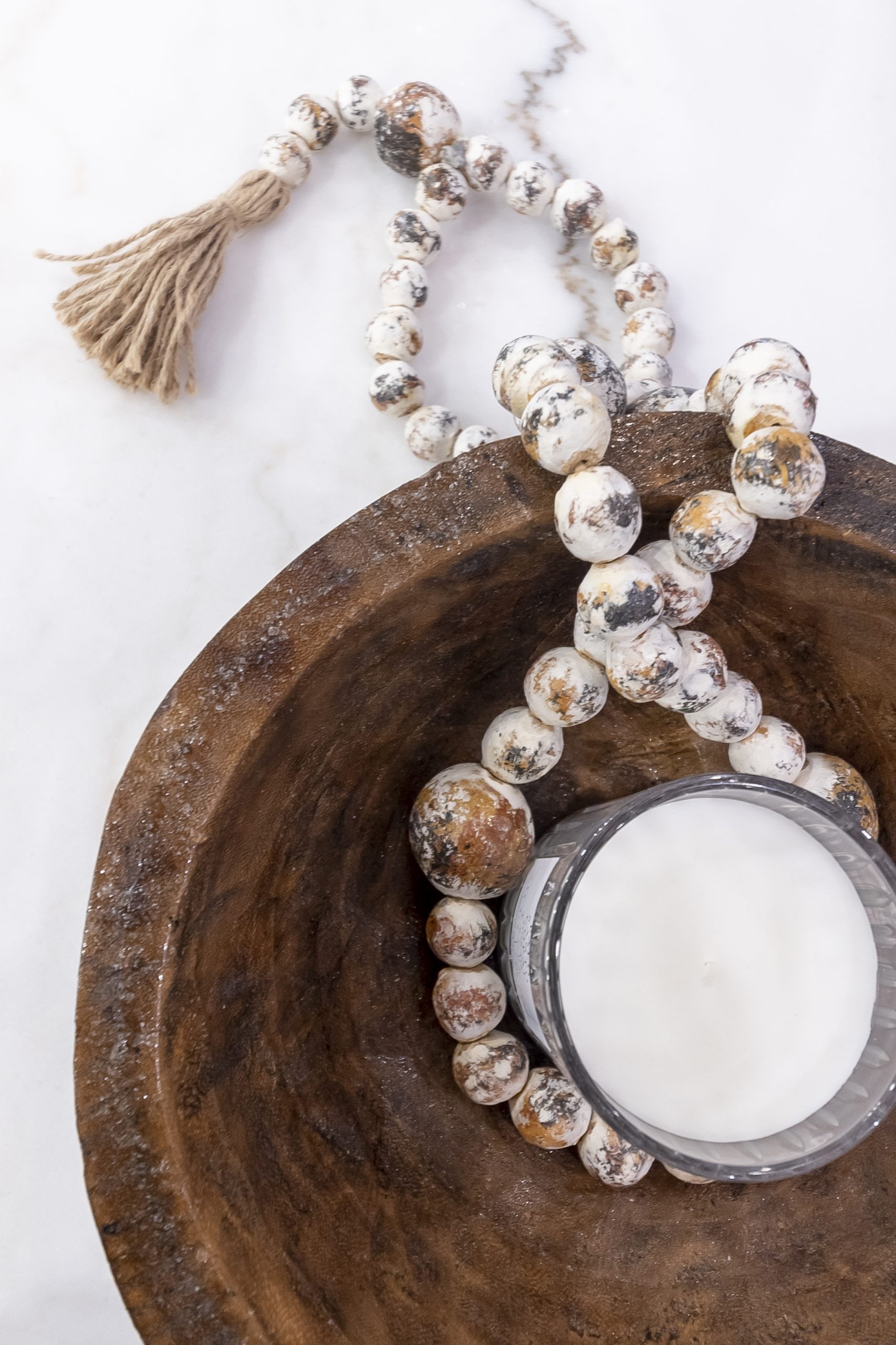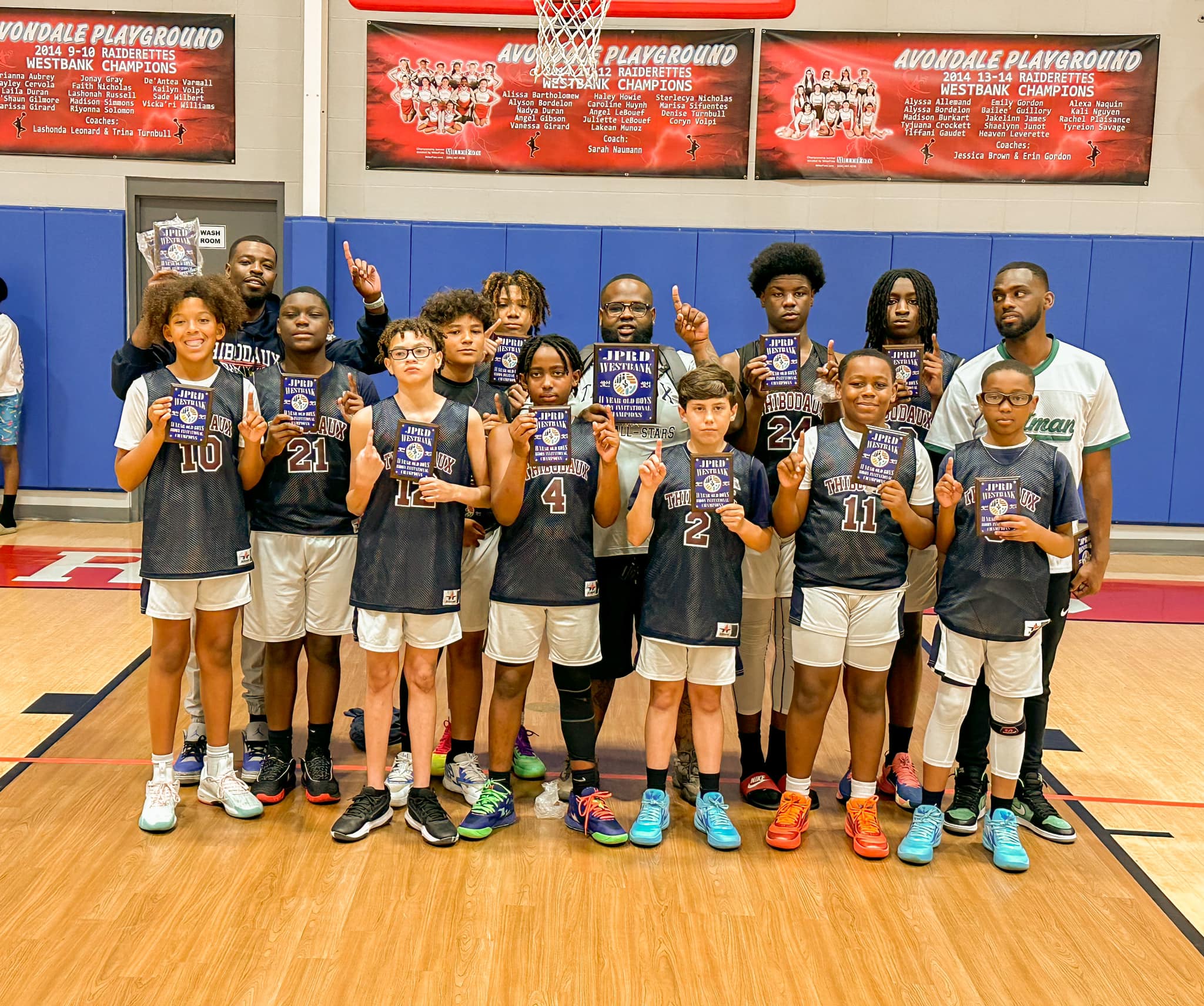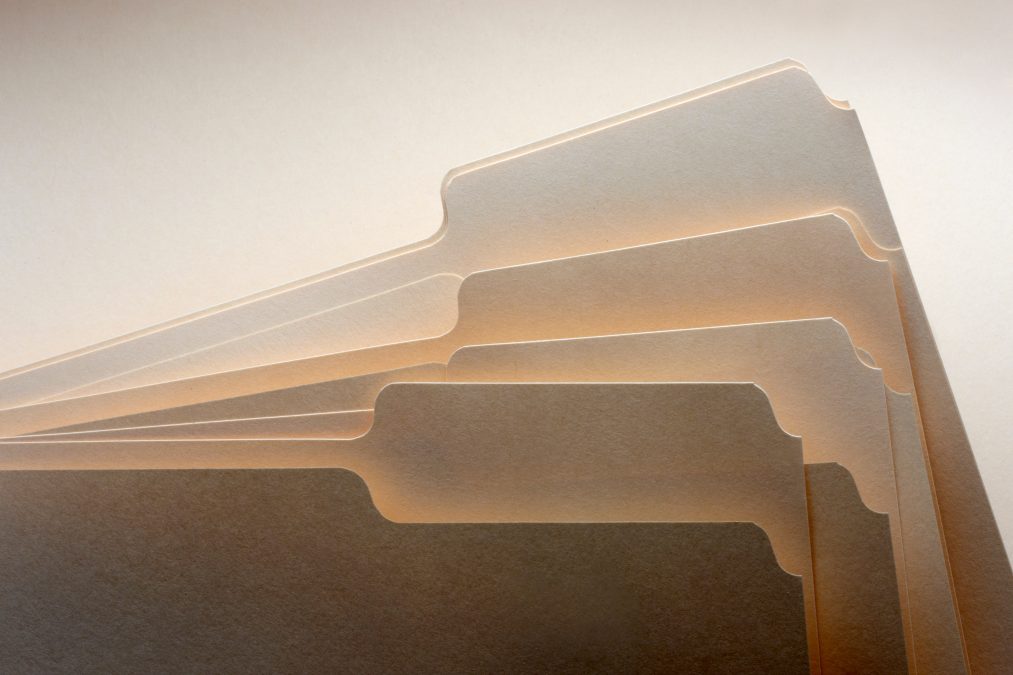
2023 Home Trends
March 1, 2023
Thibodaux team named All-Star Champions Biddy Invitational
March 1, 2023In the year 1521, when explorer Ferdinand Magellan landed at the Philippines, he faced a big problem. For five unscheduled months, he had been forced by hard winter to anchor along the coast of South America, where his fleet suffered wrecks, scuttlings, mutinies, and desertions. Then, after finding passage across the icy tip of the continent through the strait that today bears his name, maps told him to expect only a few days travel across the Pacific Ocean to reach the Spice Islands. But the Pacific proved much vaster than cartographers knew at the time. His men were desperately hungry and afraid of falling off of the edge of a flat Earth. And the sails of his ships were lifeless and askew because he had run out of fresh rope.
First landing at the islands some five centuries ago this month, the destitute Magellan met an influential islandic king who ordered all villages to gather and bring supplies. Among these supplies were fibrous, stone-ripped strips of leaf stems from the abacá tree. Magellan immediately recognized the importance of these strong, stringy strips. Playing cool, he asked one of the villagers, “Boy, make me some rope from this!” To which the boy, in turn playing cool, replied, “Hindi ako ang anak mo, Ferdinand!“ (I ain’t your boy, Ferdinand!”)
With much laughter, the boy yelled out to the villagers: “Nag-utos ang magarbong lalaking Portugues!” (Fancy Portuguese man gives orders!”) Magellan knew a rallying cry when he heard one, and he suddenly had a bigger problem than finding new rope. The villagers rushed Magellan and crew, weaponized the abacá strips, and proceeded to thrash and bloody the ironclad Europeans with the strong, unbreakable fibers of their native plant. And being a relative of the banana tree, abacá fruit made nicely firm grenade-like projectiles that turned slimy and slippery on impact—a perfect, two-pronged weapon for downing an enemy. The fight that day ended Magellan’s life, and, after a few additional back-stabbings and poisonings, survivors of his crew departed and returned westward to the Iberian Peninsula, effectively completing the first circumnavigation of the world–without spice and without falling off the edge.
After those few days of hostilities, native islanders realized that they had received something lasting from the visiting Europeans. No, not smallpox or typhoid or herpes or any other nasty microbial disease but rather the concept of turning the strong fibers of abacá into manufactured products—like rope. And the retreating Europeans inadvertently showed the trade route from which the islanders could profit from these products. It wasn’t long before the region known as Manila became a major trading port to Asia and world, exporting high-strength rope, whipping weapons, bananas, and, importantly, paper-like materials.
And there I was, 502 years later, on a very long flight in a crowded plane over the Pacific, surveying my mind for all the evidence that indeed there was no edge to a flat world to be concerned about. Like always, I carried reading materials to keep my mind off of in-flight drudgery. But not books like many other passengers carried aboard. Instead, I carried raw material not yet collected in books—a few scientific journal papers and reports and, as a diversion, a printout of new poetry or short fiction. Each of these were printed on 8.5” x 11” sheets and stapled at the upper left edge. Importantly, I carried them in a manilla folder (written here with two L’s to denote that it’s no longer made from abacá.)
And I thought about how important and cool I looked reading from within this historical, buff-colored bifold that contained cutting edge information from which I would triage worldly importance with my neon yellow highlighter and red gel pen. So cool, in fact, that beneath the hum of jet engines the cabin passengers erupted into conversation about me. “Look, Mom!” one kid’s thought cloud read. “He must be important! He doesn’t even read books!” And “Yes,” all the sighing mothers’ clouds would read, longingly, “What an important man and mind.” And all the dads’ clouds would say, “Stop looking at the important guy and look at me instead.” And all the lonely travelers agreed: “So cool. I wish I would come to know him. If only he would meet me for coffee and scones one day,” their clouds read.
Amidst all this coolness, however, like a psychic abacá thrashing, one young woman’s cloud gave me flack for using disposable paper products instead of the kind of illuminated tablet screen she was using. I assured her with my own thought cloud that the plants used to make my folder and papers were ultimately renewable resources, unlike the photons she was burning that are fueled by excavating hillsides for lithium to build batteries and either hydrocarbon combustion or nuclear fission to charge them—neither of which are renewable. Suddenly, her cloud disappeared. Maybe she was distracted by the large Chinese weather balloon floating outside. Maybe I should not have used such defensive capital letters in my thought cloud.
And then, all the thought clouds in the cabin evaporated, and the entire cabin conversation about me ended—just like that. In the capriciousness of human society, opinions about others can change in a matter of seconds, just like it did 502 years ago. Luckily, I and my folder survived the thrashing. And, as soon as we landed, we had coffee and scones and company.







